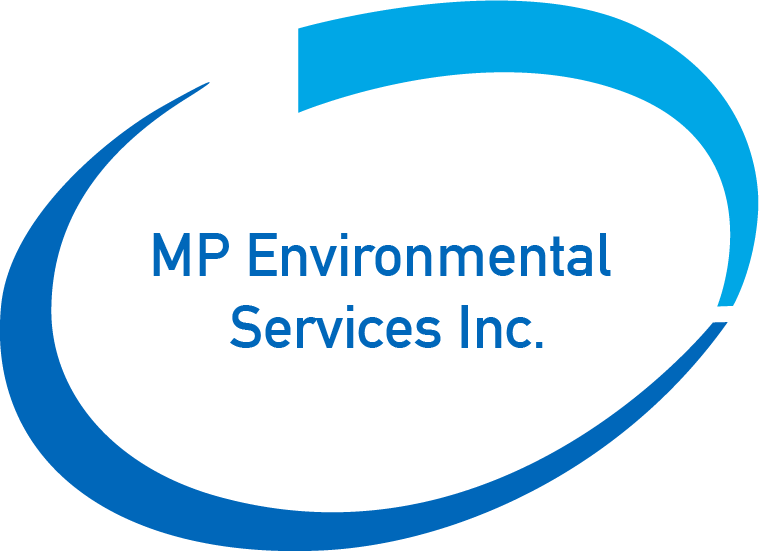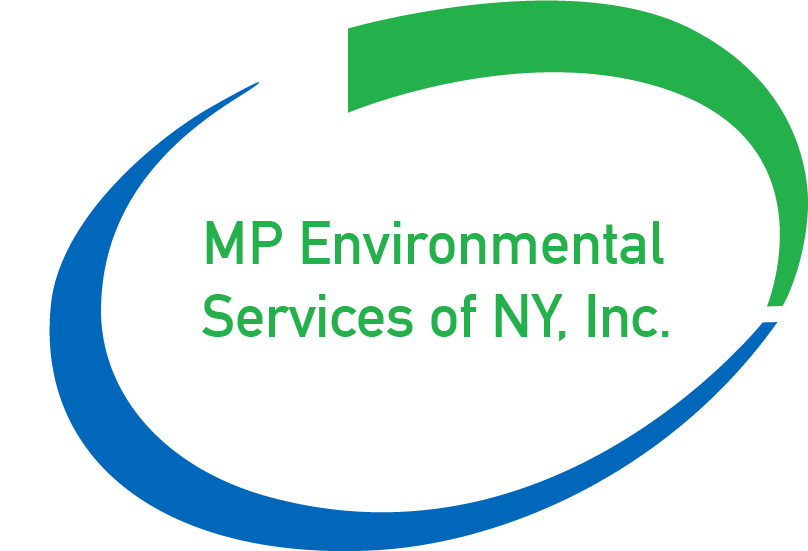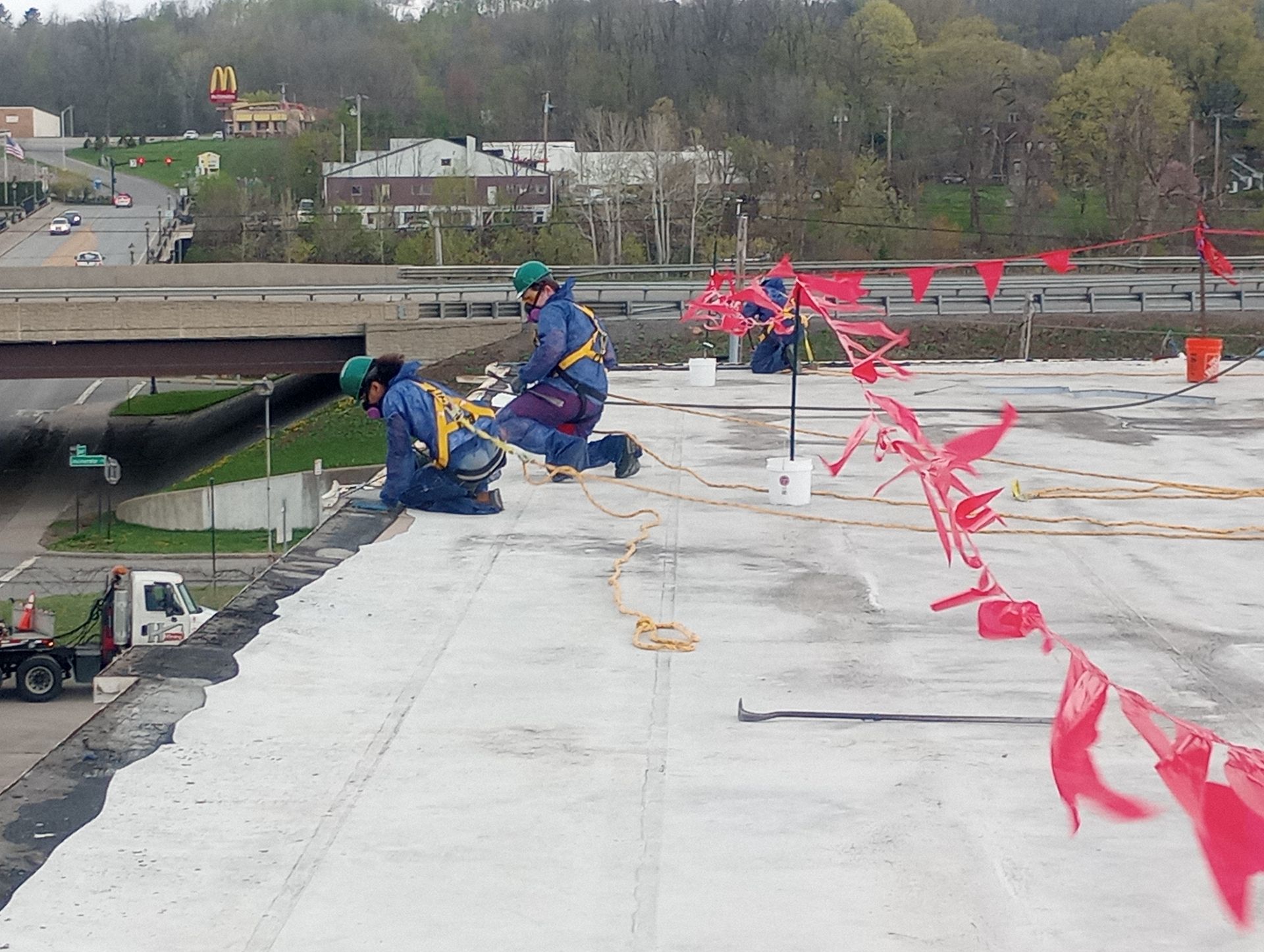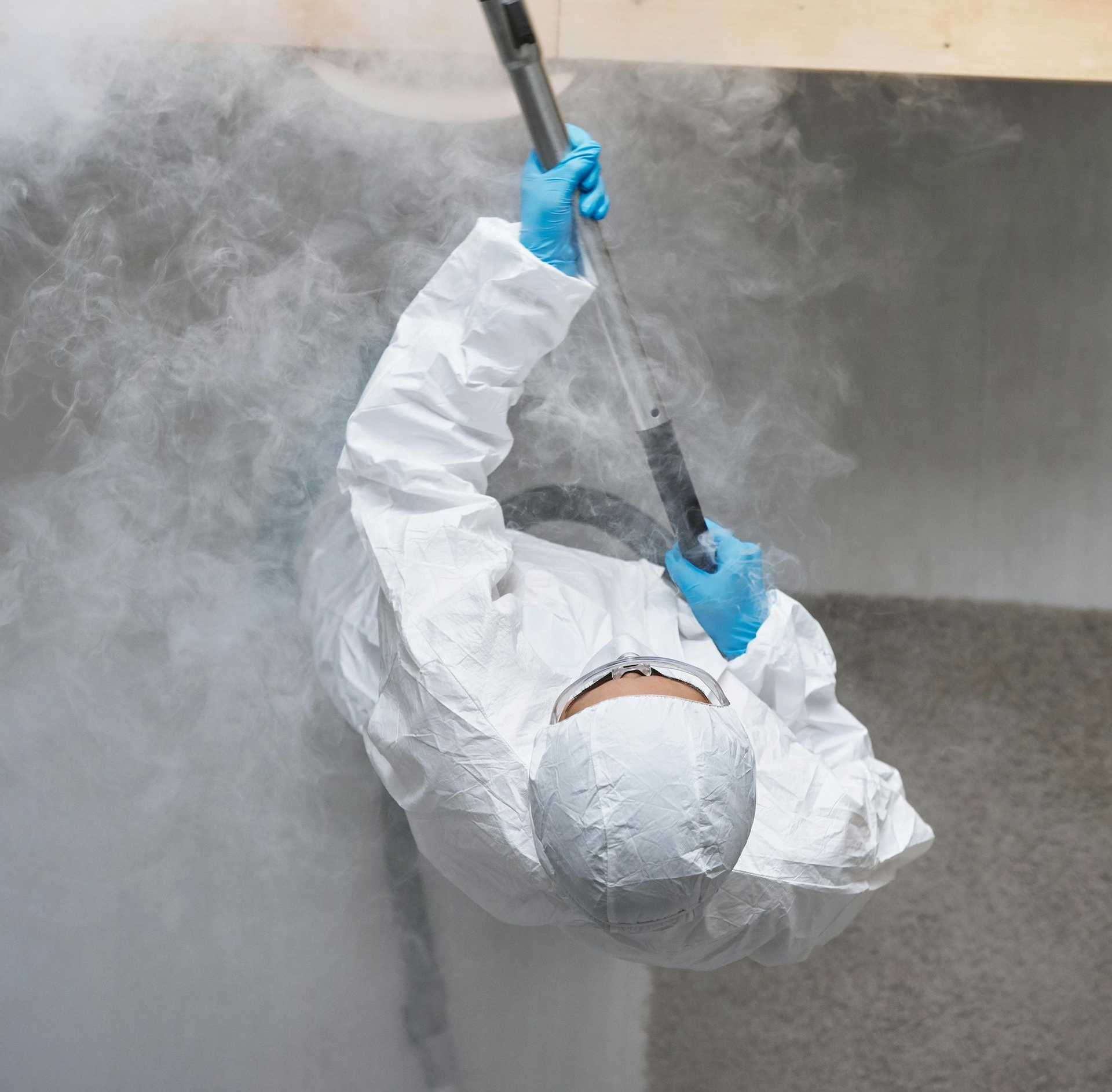Dry Ice Blasting for Mastic Floor Tile Removal and Mold Abatement
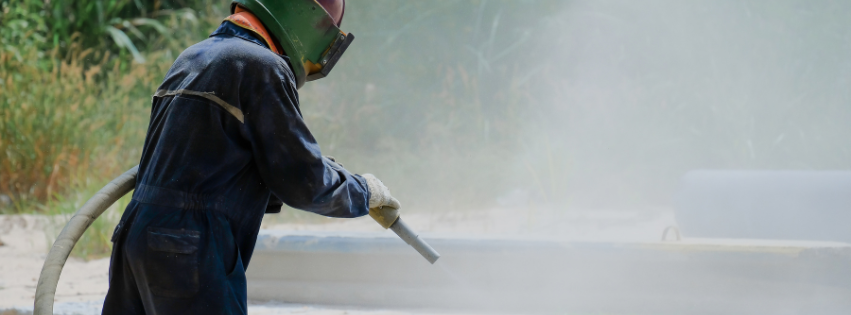
Dry Ice Blasting in Large-Scale Remediation
Innovative Mold and Tile Removal Using Dry Ice
In the world of environmental remediation, dry ice blasting is emerging as a powerful and eco-friendly method for various cleaning and restoration projects. Particularly effective for mastic floor tile removal and mold abatement, this technique offers numerous benefits over traditional methods. Here, we'll explore how dry ice blasting works and why it is an excellent choice for these specific applications.
What Is Dry Ice Blasting?
Dry ice blasting is a cleaning process that uses compressed air to propel dry ice pellets at high speeds onto surfaces. The dry ice pellets sublimate upon impact, meaning they transition directly from a solid to a gas, leaving no secondary waste. This makes it a clean, efficient, and environmentally friendly alternative to chemical cleaning or abrasive blasting methods.
Mastic Floor Tile Removal
Mastic, a type of adhesive commonly used for securing tiles, can be notoriously difficult to remove. Traditional methods often involve harsh chemicals or labor-intensive scraping, both of which can be time-consuming and potentially hazardous. Dry ice blasting, however, simplifies this process significantly.
Advantages for Mastic Removal:
- Efficiency: Dry ice blasting can quickly and effectively remove mastic without damaging the underlying substrate. The rapid temperature drop causes the mastic to become brittle and break away from the surface.
- No Secondary Waste: Since dry ice sublimates on contact, there is no leftover abrasive material to clean up, reducing the overall cleanup time.
- Non-Toxic: Unlike chemical solvents, dry ice is non-toxic and does not introduce harmful substances into the environment or the workspace.
Mold Abatement
Mold remediation is another area where dry ice blasting excels. Mold can cause severe health problems and damage to buildings if not properly addressed. Traditional mold removal methods often involve sanding, scraping, or chemical treatments, which can be messy and potentially harmful to human health.
Advantages for Mold Abatement:
- Effective Cleaning: Dry ice blasting effectively removes mold from surfaces, including wood, concrete, and metal, without damaging the material. The process not only removes the visible mold but also kills mold spores, preventing regrowth.
- No Water or Chemicals: Traditional mold remediation techniques can introduce moisture, potentially leading to further mold growth. Dry ice blasting uses no water or chemicals, making it a dry, clean method.
- Reduced Downtime: Because there is no secondary waste and minimal cleanup, spaces treated with dry ice blasting can often be reoccupied sooner than those treated with traditional methods.
Dry ice blasting is a versatile and environmentally friendly solution for both mastic floor tile removal and mold abatement. Its efficiency, effectiveness, and eco-friendly nature make it a superior choice for these applications. By choosing dry ice blasting, you can ensure a thorough cleaning process that minimizes health risks, reduces downtime, and eliminates secondary waste. If you’re facing the challenges of mastic removal or mold abatement, consider dry ice blasting as a clean and efficient solution for your environmental remediation needs.


